Granite, Quartz, Marble, Quartzite, Soapstone & Porcelain—Compared for Performance, Style & Lifestyle Fit
Your kitchen countertop isn’t just a design feature—it’s a high-traffic, high-impact surface that must balance beauty, durability, and day-to-day practicality. Whether you’re renovating a family kitchen, designing a chef-inspired space, or creating an elegant showpiece, the material you choose will shape how your kitchen looks, feels, and functions for years to come.
In this side-by-side guide, we break down the real pros and cons of today’s most popular countertop surfaces—including the ones we specialize in—so you can make a confident, informed choice.
Granite
Granite is a natural stone that blends durability with one-of-a-kind beauty. No two slabs are the same, making it a standout for homeowners seeking authenticity and natural variation.
Pros:- 100% natural with striking, unique veining
- High resistance to heat, scratches, and chips
- Adds lasting resale value and timeless appeal
- Requires sealing (typically once per year)
- Can stain if unsealed or poorly maintained
- Heavy—may require extra cabinet support
Traditional, rustic, or high-heat kitchens where natural aesthetics matter.

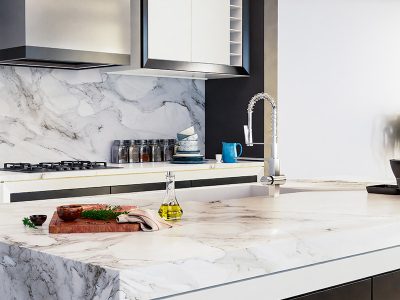
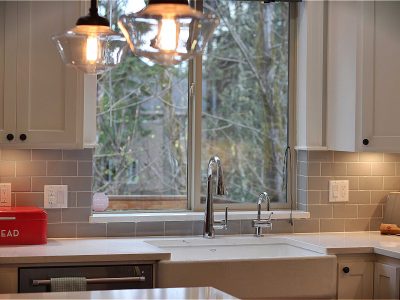
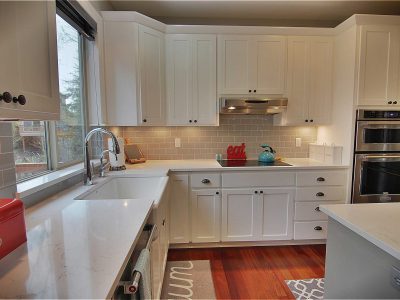
Quartz
Quartz is an engineered surface made from crushed quartz crystals and resins, offering uniformity and excellent durability with minimal upkeep.
Pros:- Non-porous—no sealing required
- Resists stains, chips, and scratches
- Available in a wide range of colors and patterns
- Less heat resistant than natural stone (use trivets!)
- May discolor with prolonged UV exposure
- Slightly higher cost compared to entry-level stones
Busy households, modern kitchens, families with kids or minimal maintenance goals.
Marble
Marble is the epitome of luxury. Its soft veining and natural luminosity are unmatched—but so are its care demands.
Pros:- Elegant, timeless appearance
- Cool to the touch—ideal for baking surfaces
- Distinctive veining makes every slab unique
- Prone to staining, scratching, and etching
- Requires sealing and gentle maintenance
- Not ideal for high-traffic or messy kitchens
Upscale designs, baking zones, and low-traffic kitchens where appearance is the top priority.
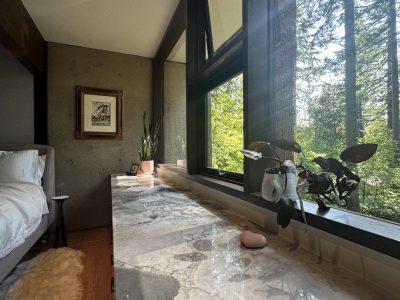
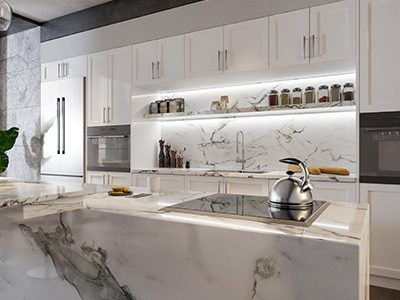
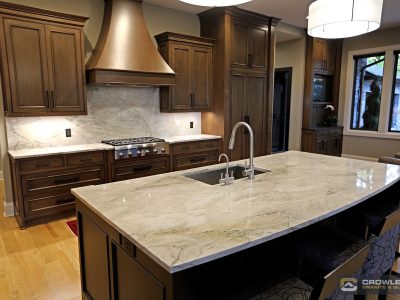
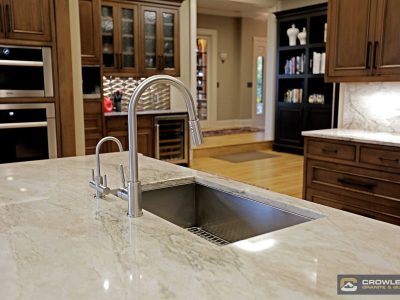
Quartzite
Quartzite is a natural stone often confused with quartz—but it's tougher and more heat-resistant. It delivers the beauty of marble with fewer headaches.
Pros:- Harder than granite—extremely durable
- Heat and UV resistant
- Looks like marble but performs better under pressure
- Still needs sealing (though less frequent than marble)
- More difficult to fabricate due to hardness
- Can cost more than quartz or granite
High-use kitchens where both performance and luxury aesthetics matter.
Soapstone
Soapstone offers deep, moody color tones and a natural feel you can’t replicate with engineered surfaces. It's soft and ages gracefully—but it’s not for everyone.
Pros:- Naturally non-porous and antimicrobial
- Acids like lemon or vinegar won’t etch the surface
- Develops a rich patina over time
- Softer than other stones—scratches and dents easily
- Requires periodic oiling for color uniformity
- Limited color range (mostly grey to charcoal)
Farmhouse, vintage, or character-rich kitchens with an appreciation for natural aging.
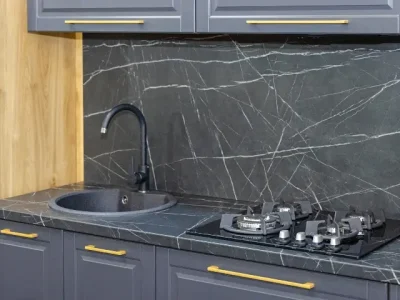
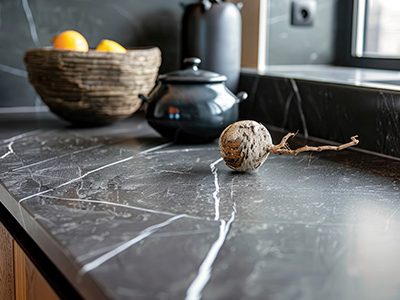
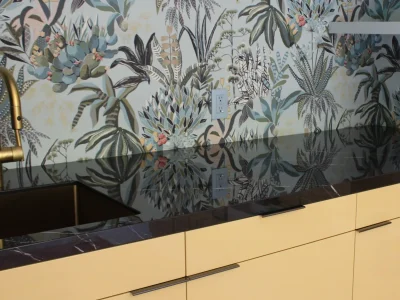
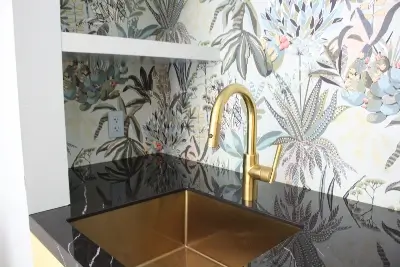
Porcelain
Porcelain slabs are gaining popularity for their sleek, ultra-modern look and next-level durability. Though newer to the U.S. market, they’re widely used in Europe for a reason.
Pros:- Incredibly scratch, stain, and heat resistant
- Thin, lightweight slabs—ideal for modern kitchens
- UV stable—great for indoor-outdoor kitchens
- Can be brittle on edges if improperly installed
- Fewer fabricators currently specialize in it
- High initial cost, but long-term payoff
Contemporary designs, minimalist kitchens, and outdoor applications.
Comparison Table: Side-by-Side Performance & Cost
| Material | Durability | Maintenance | Heat Resistance | Aesthetic Variety | Installed Cost |
|---|---|---|---|---|---|
| Granite | High | Medium | Excellent | Moderate | $40–$200/sq. ft. |
| Quartz | Very High | Low | Moderate | High | $50–$160/sq. ft. |
| Marble | Medium | High | Good | High | $75–$250/sq. ft. |
| Quartzite | Very High | Medium | Excellent | Medium–High | $80–$200/sq. ft. |
| Soapstone | Medium | Medium | Good | Low–Medium | $70–$160/sq. ft. |
| Porcelain | High | Low | Excellent | High | $100–$180/sq. ft. |
Which Countertop Material Is Right for You?
Choosing the right surface starts with how you live and cook. Here’s a quick reference guide:
| Lifestyle / Use Case | Top Material Choice |
|---|---|
| High-traffic family kitchen | Quartz |
| Elegant, high-end aesthetic | Marble or Quartzite |
| Frequent use of hot cookware | Granite or Quartzite |
| Low maintenance, long-term durability | Quartz or Porcelain |
| Character-rich or vintage style | Soapstone |
| Outdoor or sun-drenched spaces | Quartzite or Porcelain |
Pro Tip: Bring home samples and test them yourself—expose to lemon juice, red wine, or hot pans to see how each holds up in your real-life environment.
Frequently Asked Questions
Quartz and quartzite are both top-tier in terms of resistance to chips, scratches, and daily wear.
Granite and quartz tend to offer broad appeal to buyers and contribute positively to home value.
Some types, like granite and quartzite, need occasional sealing. Marble is the most demanding, while quartz and porcelain are ultra-low maintenance.
Granite, quartzite, and porcelain all have excellent heat resistance. Quartz is more heat-sensitive and should be protected from hot pans.
